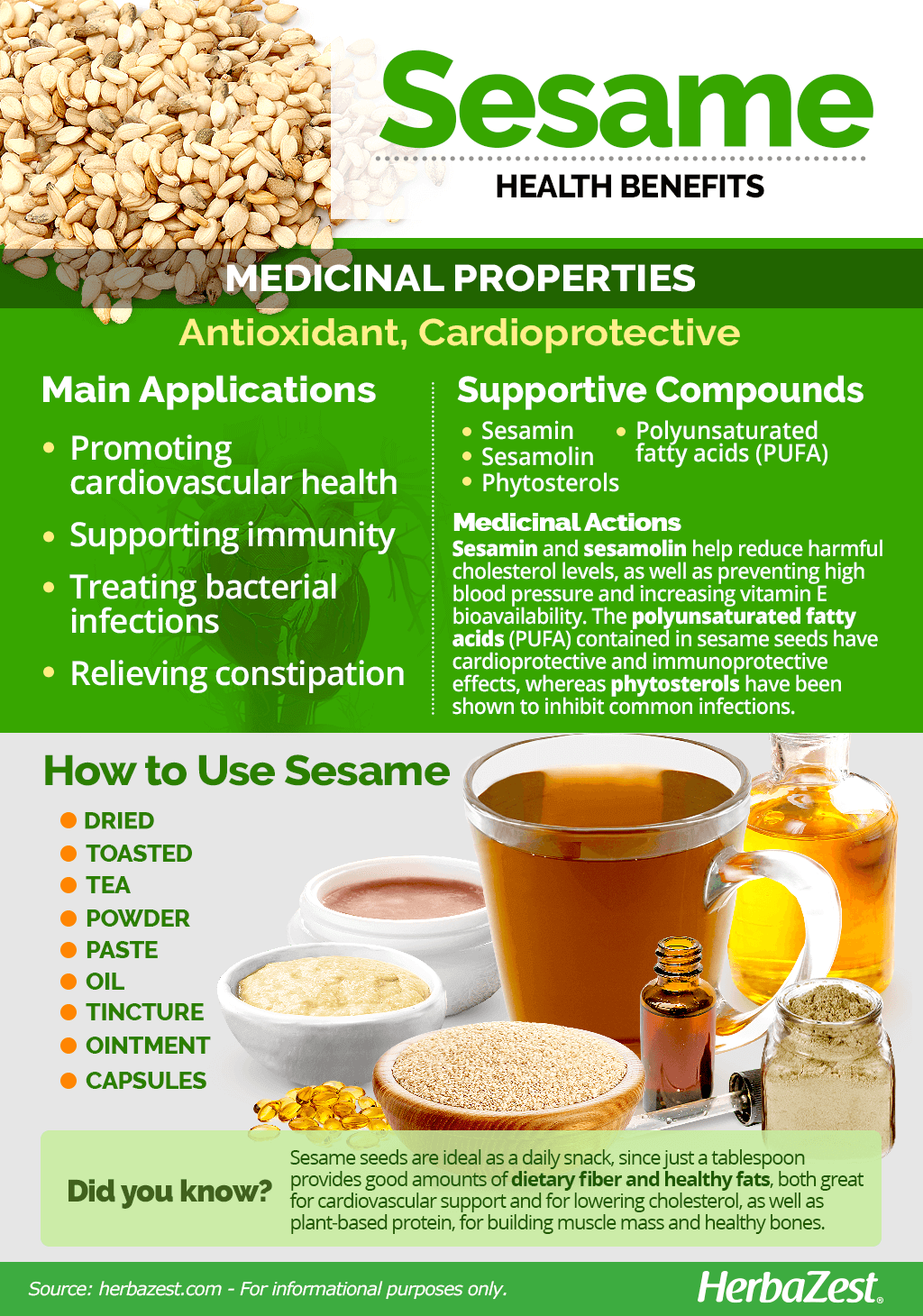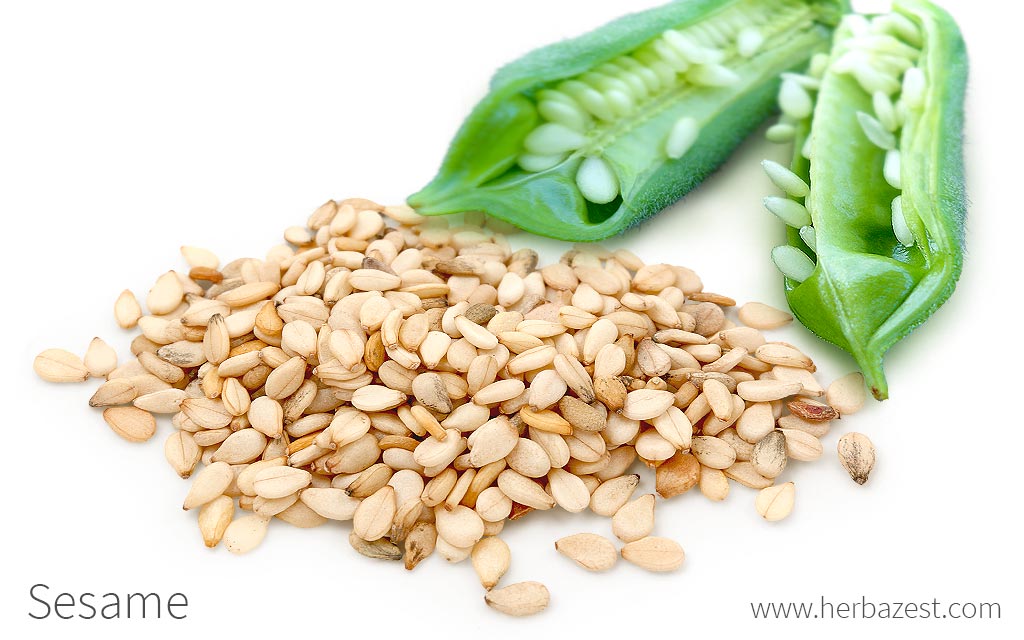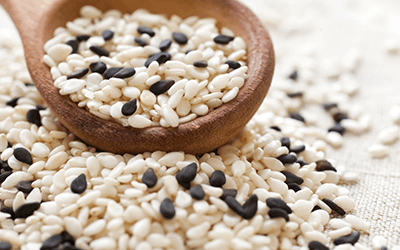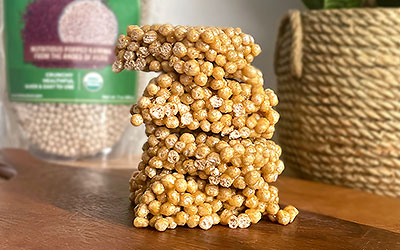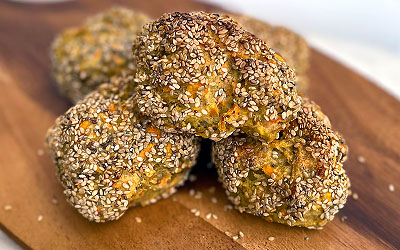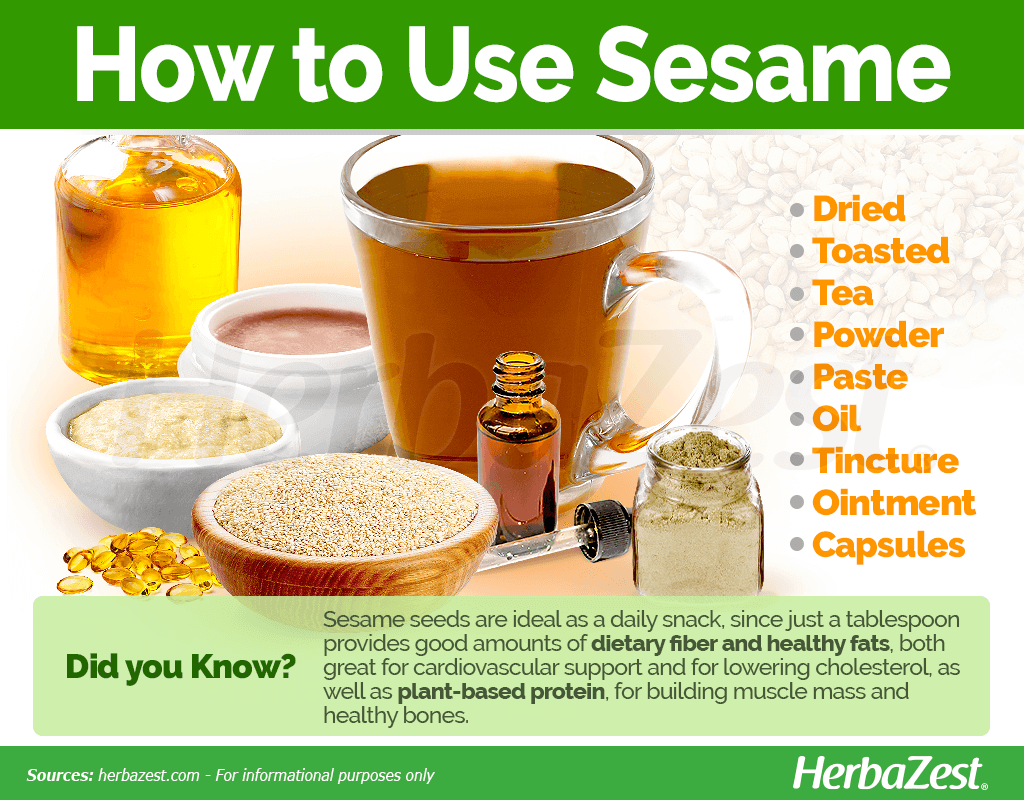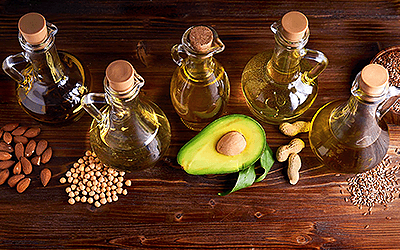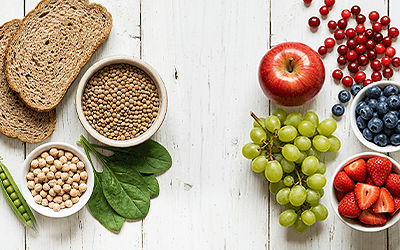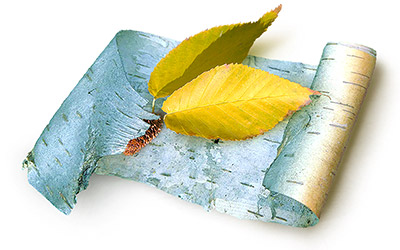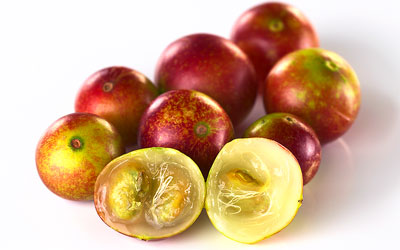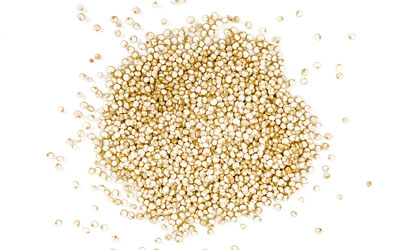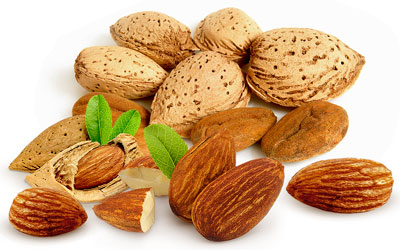It is believed that the sesame plant, also referred to as gingelly and beniseed, originated in Ethiopia, although it is known that it has grown in abundance in both Africa and India for thousands of years. Possibly the most common form of reaping sesame benefits is using the oil extracted from the seeds. Extensive research has corroborated that sesame medicinal uses can be effective for treating various conditions.
Sesame Medicinal Properties
- Medicinal action Antioxidant, Cardioprotective
- Key constituents Sesamin, sesamolin, fitosterols, and polyunsaturated fatty acids (PUFA)
- Ways to use Capsules, Hot infusions/tisanes, Tincture, Ointment
- Medicinal rating (3) Reasonably useful plant
- Safety ranking Safe
Health Benefits of Sesame
Sesame has been used in the ancient medicine of Tibet, China, and India. Its use in these traditions has been passed down through generations, and it is now recommended by many modern-day herbalists. The claims regarding great sesame health benefits have sparked interest in scientific circles, and many investigations have been carried out in order to determine the nature of its alleged medicinal properties.
So far, sesame properties have proven beneficial in the treatment of a number of health conditions. The most notable sesame benefits include:
Promoting cardiovascular health. Sesame properties include remarkable hypolipidemic and antihypertensive effects, which have been shown to decrease bad cholesterol levels, as well as controlling high blood pressure, thus helping treat and prevent cardiovascular diseases.
Supporting immunity. Sesame is high in antioxidants, which protect the cells against free radical damage and help prevent the onset of age-related diseases, such as atherosclerosis.
Additionally, sesame have been shown to be useful for:
Treating bacterial infections. Their antibacterial compounds are able to combat internal and external infections.
Relieving constipation. Sesame is high in dietary fiber, which promotes better digestion and regular bowel movements.
Sesame benefits have been known in India for millennia. The whole sesame plant, leaves and seeds included, have been used since ancient times in Ayurvedic tradition; the oil is applied to the skin to improve energy flow, as well as to the nostrils in order to soothe anxiety and relieve insomnia. Other traditional uses address symptoms of premenstrual syndrome (PMS), headaches, earaches, and impotence. However, these applications are yet to be scientifically proven.
How It Works
Sesamin and sesamolin are responsible for most of sesame health benefits. Both of these substances belong to a group of polyphenols called lignans and have a cholesterol lowering effect in humans by increasing the activity of enzymes that oxidize hepatic fatty acids, also protecting liver health. In addition to possessing estrogenic qualities, which could be the reason for the popular use of sesame to alleviate the symptoms of premenstrual syndrome (PMS), these substances also help prevent high blood pressure and increase vitamin E bioavailability.
Sesame seeds are rich in dietary fiber, which is used by the digestive system to ease the passage of stools and promote regularity. Foods high in fiber are generally prescribed as natural laxatives, and also help reduce sugar spikes after meals by delaying sugar metabolism, as well as contributing to balance cholesterol levels by inhibiting the accumulation of fat in the blood vessels.
The combined action of lignans and phytosterols in sesame provides a defensive mechanism against free radicals, protecting the immune system and delaying the onset of age-related diseases.
Sesame oil has been shown to possess antibacterial properties, which can inhibit common infections, such as those caused by Staphylococcus and Streptococcus. Staphylococcus bacteria is the most common cause of skin and soft tissue infections, pneumonia, endocarditis, or osteomyelitis, as well as food poisoning. At a concentration of 128 mg/mL, sesame oil has been able to kill Staphylococcus aureus.
Sesame seeds also contain 50-60% of high quality oil and it is rich in polyunsaturated fatty acids (PUFA), mainly linoleic acid (37-47%), oleic acid (35-43%), palmitic (9-11%) and stearic acid (5-10%), as well as in antioxidants, which can support the human immune system.
Other herbs rich in healthy fatty acids are chia, flax, and sacha inchi, all of which provide cardiovascular benefits and help improve digestion and constipation. On the other hand, great antioxidant, anti-age benefits can be found in blueberries, grapefruit, and green tea.
Sesame Side Effects
Sesame oil is currently categorized generally recognized as safe (GRAS) by the Food and Drug Administration (FDA). However, care should be taken, since sesame seeds are listed as one of the top 10 causes of food allergies around the world.
People allergic to nuts are sometimes also sensitive to sesame seeds and oil. Mild symptoms are usually hives and a tingling sensation in the mouth. While uncommon, symptoms of anaphylaxis include swelling in the face, throat, or mouth; difficulty breathing; and severe asthma.
For people with a history of food allergies, it would be wise to consult with a specialist before taking sesame in any form.
Sesame Cautions
Because sesame can have a laxative effect, it is advised that sufferers of diarrhea avoid intake of seeds, oil, or supplements. It is thought that excessive consumption of the plant may cause stomach complaints because of its action in the digestive system.
Pregnant or breastfeeding women, or people who are taking medication for any serious conditions, are recommended to speak with their doctor before introducing any health supplements to their diet.
The oxalic acid in raw, unhulled sesame seeds can interfere with calcium absorption, and get crystalized in the kidneys. People with a history of kidney stones should avoid overconsumption.
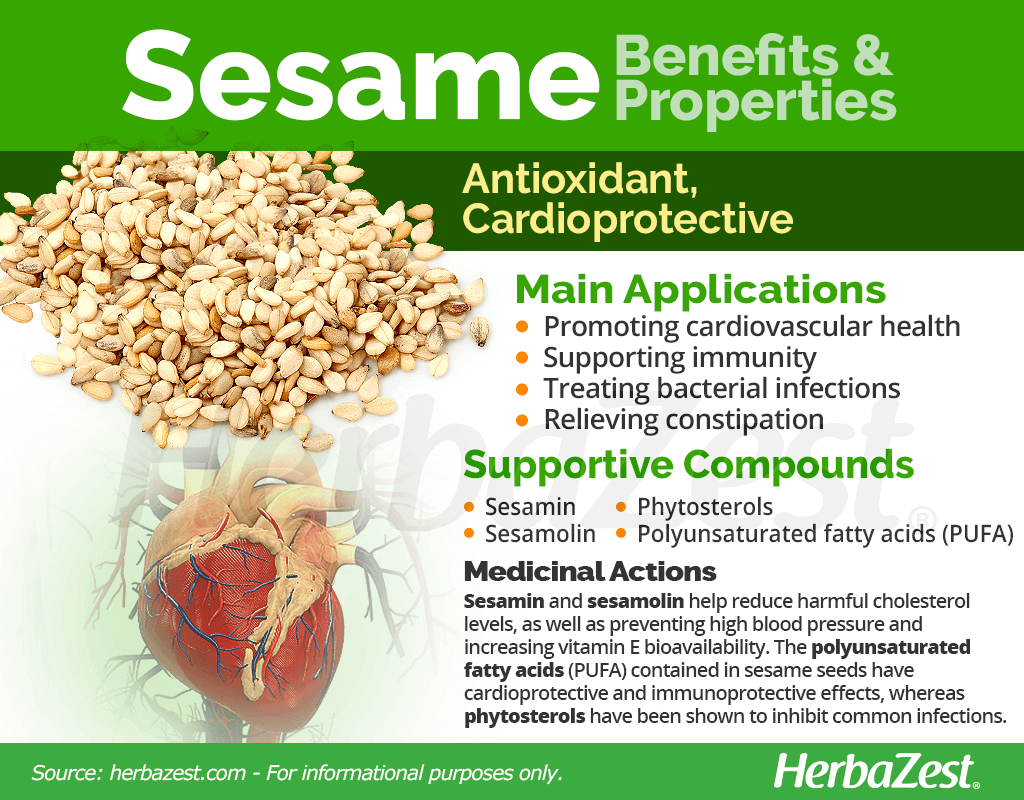
Sesame Nutrition
The impressive nutritional profile of sesame seeds make them ideal as a daily snack, since just a tablespoon provides not only good amounts of dietary fiber and healthy fats, both great for cardiovascular support and for lowering cholesterol, but also plant-based protein, for building muscle mass and healthy bones.
Like other nuts and seeds, sesame is rich in essential minerals but provides particularly high amounts of copper, which works with iron to help the body form red blood cells, also supporting the health of blood vessels, nerves, immune system, and bones.
Plant-based proteins, among other phytocompounds in sesame seeds, such as polyphenols -which have estrogenic effects, have proven to be effective preventing osteoporosis.
Other important minerals in sesame seeds are calcium, crucial for bone formation, blood clotting, nervous system function, and muscle relaxation, as well as for hormone balance and hearth health; iron, which is an important component of hemoglobin, essential for the transport of oxygen through the body; magnesium, not only necessary for energy production, but also for protein synthesis, muscle and nerve function, blood glucose control, and blood pressure; phosphorus, which is essential for bones and teeth formation, as well as for the metabolism of carbohydrates and fats; zinc, which is needed for the well-functioning of the immune system and also plays a role in wound healing and the breakdown of carbohydrates; manganese, important for the formation of connective tissue, bones, blood clotting, and sex hormones, as well as for fat and carbohydrates metabolism, calcium absorption, and blood sugar regulation; and selenium, which plays a critical role in reproduction, thyroid hormone metabolism and DNA synthesis, as well as in protecting the body from cellular damage and infection.
Additionally, sesame seeds provide most B group vitamins, which support the immune and nervous system, as well as promoting healthy skin and proper metabolism of fats and carbohydrates.
A tablespoon of whole, dried sesame seeds (9 grams) provides 52 calories, as well as 3%, 7%, and 4% of the daily value for protein, fat, and dietary fiber, respectively.
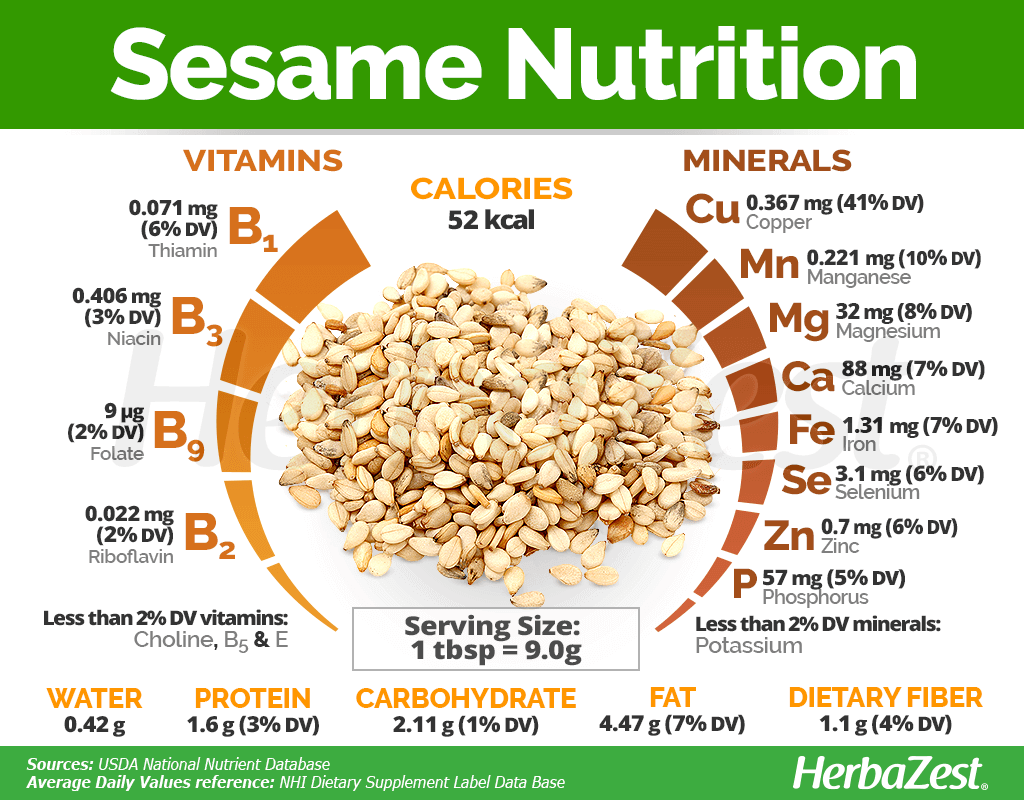
How to Consume Sesame
- Edible parts Flowers, Leaves, Seed, Stem, Oil
- Edible uses Flavoring, Condiment, Oil
- Taste Earthy, Mild
Sesame has been used in recipes for thousands of years. Sesame seeds are available in two forms: black or white. White seeds are considered slightly less medicinally useful, since they are merely the inner component of black seeds, with the outer shell removed.
Because of their mild, nutty taste, sesame seeds are often used as a flavoring designed to complement other foods. These include burger buns, breadsticks, sushi, and chicken dishes. Similarly, sesame oil is often a suggested dressing, particularly in Asian cuisine such as stir-fry. It is generally recommended as a dressing rather than a cooking oil because it has a low smoking point, which means the nutrients and flavor will diminish at a low temperature.
The sesame oil is extracted from the seeds and it has both culinary and medicinal uses.
Natural Forms
Dried. Also known as "unhulled," naturally dried sesame seeds can be directly consumed as a healthy snack, and they provide all the nutritional benefits of sesame, including generous amounts of fiber, vegetable protein and fatty acids.
Roasted or toasted. The oxalic acid contained in sesame gets significantly reduced when the seeds are roasted in the oven or toasted on a pan until brown, allowing for a better absorption of their high calcium levels. Toasted or roasted sesame seeds can be consumed alone, as a snack, or be added to salads.
Tea. There are many recipes for sesame seed tea, which is especially esteemed in traditional Chinese medicine as a treatment for constipation. It is easy to prepare, and lemon or honey can be added to alter the taste if desired.
Powder. Made from toasted seeds, sesame powder is a great source of vegetable protein and healthy fats, as well as other essential nutrients. This form has a longer shelf life and can be added to shakes and healthy smoothies.
Paste. Sesame seeds can be made into a creamy paste and used in the same way that other nut butters, such as the ones made from peanuts or almonds. Sesame paste is also the main ingredient in tahini, a tasty Middle Eastern sauce.
Herbas Remedies & Supplements
Oil. Extracted from the seeds through a process called cold pressing, sesame oil is high in polyunsaturated fatty acids (PUFA), which have been shown beneficial for cardiovascular health, as well as for improving digestion and constipation.
Tincture. Extract of sesame is available in the form of tincture. This can be made at home by combining crushed seeds with alcohol in order to preserve it. It should be diluted with water before consuming.
Ointment. Ointment is intended for external use only. Derived from sesame oil, ointment is suggested for application to topical infections, which can be treated thanks to the antibacterial properties of the plant.
Capsules. Sesame capsules containing seed oil or sesamin extract are widely available, each with varying concentrations. These are suitable for ensuring that a consistent dosage is administered in order to support cardiovascular health and digestive function.
Growing
- Life cycle Annual
- Harvested parts Seeds
- Light requirements Full sun
- Soil Well-drained
- Growing habitat Warm climates
- Planting time Spring
- Plant spacing average 0.15 m (0.49 ft)
- Growing time Three months
- Potential insect pests Aphids, Thrips, Cutworms, Grasshoppers, Whiteflies
- Potential diseases Root rot, Bacterial leaf spot, Fusarium wilt
- Potential animal pests Birds, Rodents
Although they originate in the warm climates of Africa and India, it is possible to cultivate sesame plants in many different environments all over the world. Awareness of its preferred conditions is required in order for this plant to flourish, as it does require some human attention and general maintenance to thrive.
Growing Guidelines
- Seeds should be sown in a position of full sun; the plants will not develop well in the shade. They are also sensitive to frost, and should not be planted until there is no risk.
- Seeds should be planted around six inches (15 cm) apart, and around 1/2 inch (1.25 cm) below the surface of the soil to ensure they have enough access to sun.
- The plants require watering once or twice a week. The soil should be consistently moist but well-drained. Irrigation should be applied at ground level rather than overhead so that the plants are not wet, which will often lead to disease.
- The seeds require a temperature of around 70°F (21°C) to germinate - they will do so after around two weeks if subjected to this heat.
- If preferred, it is possible to begin cultivation indoors, and seedlings can then be transplanted to a site outside when the air has reached an adequate temperature.
- The plants are ready to be harvested after around three months, when they will have reached a height of approximately three feet (90 cm). By this point, the seedpods should be green in color.
More detailed information about growing sesame can be found in the herb garden section.
Additional Information
- Other uses Animal feed, Cosmetics
Plant Biology
Common sesame is botanically known as Sesamum indicum or Sesamum orientale. It is an annual herb that usually grows to around three feet (90 cm) in height and has a spread of around 20 inches (50 cm). The thick, slightly-bristled stem grows erect, and from it, sequential large oval leaves develop. At the base of the stem of the leaves, a cluster of three or four seedpods develops, around the circumference of the stalk. The pods usually contain 15 - 20 seeds that are flat and oval in shape, and can be yellow, beige, or black in color.
Classification
Sesamum indicum belongs to the genus Sesamum, which is comprised of 26 accepted species. This genus is one of 67 belonging to the Pedaliaceae family, which is sometimes referred to as the sesame family. Another noted species within this botanical group is devil's claw (Harpagophytum procumbens)- which also has medicinal uses.
Sesame Cultivars
Many different cultivars of Sesamum indicum have been created by producers, and these are usually divided into two groups - shattering and non-shattering. Shattering sesame varieties include 'Margo', 'Blanco', and 'Ambia'; these generally have a high oil content, but are bitterer in flavor. 'Baco' and 'Paloma' are non-shattering varieties; on average, these have around 50% less oil, but they are commonly used for oil production because they are more suitable for mechanical harvesting.
Historical Information
It is widely acknowledged that sesame seeds have been used in the traditional medicines of Asia and Africa for thousands of years. It is believed that the plant was introduced to the U.S. in the early 18th century, when African slaves brought the seeds - known then as "beniseeds" - to South Carolina. It wasn't until the mid-20th century, however, that commercial production of the seeds began; this was when a non-shattering variety was first cultivated, meaning the plant was suitable for machine harvest.
Economic Data
Sesame seeds and oil remain popular in both culinary and medicinal fields, and so production of the plant is considered lucrative. In 2013, worldwide production of sesame seeds amounted to over three million USD, with the vast majority being cultivated in Africa and Asia.
About 79% of sesame oil in the world comes from Asia, being Myanmar, China, and India, the largest producers.
Popular Beliefs
Sesame seeds are mentioned in the Arabic folktales that comprise the One Thousand and One Nights. One of the more well-known stories is "Ali Baba and the Forty Thieves," in which the main character - Ali Baba - has to use the phrase "open sesame" to open the mouth of a cave. This phrase is derived from the natural process of a sesame seedpod opening when ripe, which results in seed dispersal in the "shattering" varieties.
Other Uses
Cosmetic industry. Sesame oil is also an emollient agent, which means it can soften the skin; for this reason, it is used in cosmetics and moisturizers. Many dermatologists recommend it because it is natural but effective. Because of the chemical compounds within sesame, it is unnecessary to add many preservatives to the products, meaning it is usually suitable for those who have sensitive skin.
Sesame seeds, oil, and the products derived from both of these are widely available all over the world. Its medicinal applications have stood the test of time, and the plant is often recommended by healthcare experts to treat a range of ailments. The addition of sesame to one's regular balanced diet can complement general health and well-being.
Sources
- Advanced Herbal Medicine, Evaluation of antibacterial effect of sesame oil, olive oil and their synergism on Staphylococcus aureus in vitro, 2016
- Agricultural Marketing Resource Center, Sesame Profile
- Allergy UK, Sesame and Other Seeds
- Anaphylaxis Campaign, Sesame Allergy: The Facts
- Food and Agriculture Organization (FAO), Nutritional, Medicinal and Industrial Uses of Sesame (Sesamum indicum L.) Seeds – An Overview (2010) | FAOSTAT Sesame seed
- Journal of Nutrition and Food Sciences, A Review on Nutritional and Nutraceutical Properties of Sesame, 2012
- Linus Pauling Institute, Lignans
- National Library of Medicine, Sesame (Sesamum indicum L.)
- Natural Medicine Journal, Plant-Based Proteins Necessary for Healthy Bones, 2013
- Plants For A Future, Sesamum indicum L.
- Purdue University, Food, Industrial, Nutraceutical, and Pharmaceutical Uses of Sesame Genetic Resources | Sesame
- Sesame: The genus Sesamum, p. 501
- The British Journal of Nutrition, Comparative analysis of sesame lignans (sesamin and sesamolin) in affecting hepatic fatty acid metabolism in rats, 2007
- The Encyclopedia of Healing Foods, p. 457
- The Plant List, Sesamum
- FAOSTAT, Crops Processed. Oil, Sesame
